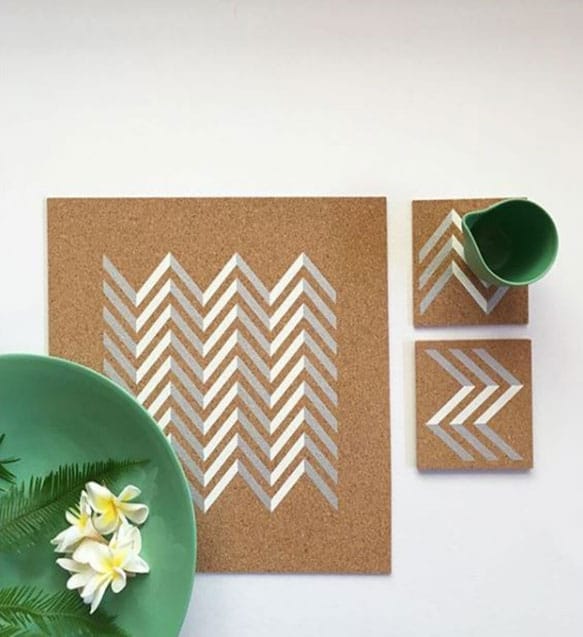Have you ever walked down a dull and lifeless street and thought, “this place looks incredibly boring or lacks life”?
With the rise of urbanism, we’ve all become accustomed to streets lined with grey cement and brown bricks. But now there’s a solution to the colourless architecture that has arisen over the years: street beautification.
Street beautification can take numerous forms, from colourful murals and mosaics to lush greenery and distinctive seating areas. It’s an affordable and easy way to transform your local neighbourhood into an inviting and visually appealing environment that helps foster a positive sense of community and pride.
In this article, we’ll guide you through the process of getting started on a street beautification project, from planning to execution and materials required.
Why colourising streets is important
There are numerous benefits to street beautification, including:
Safer streets
It’s unsurprising that the use of ochre colours and other vibrant hues on streets can help to slow down vehicles and make drivers more aware of their surroundings, encouraging them to drive at a safer speed. Similarly, the use of colour also encourages people to linger and spend time in the area, promoting social interaction and community engagement.
Positive impact on mental health
A street that is drab and dull, with too much brown and grey, can creates a gloomy and energy-sapping atmosphere, that can negatively affect our mood and mental health. By contrast, a street that is vibrant and colourful actively creates a more positive and uplifting environment that boosts our mood and mental health.
Public art is one of the best ways to add colour and vibrancy to streets. It offers people the opportunity to first encounter and then appreciate art in their everyday lives, creating a sense of connection and inspiration. Public art and colourised streets can also encourage people to explore and engage with their surroundings, promoting a sense of community and belonging, which also positively impacts our mental health.
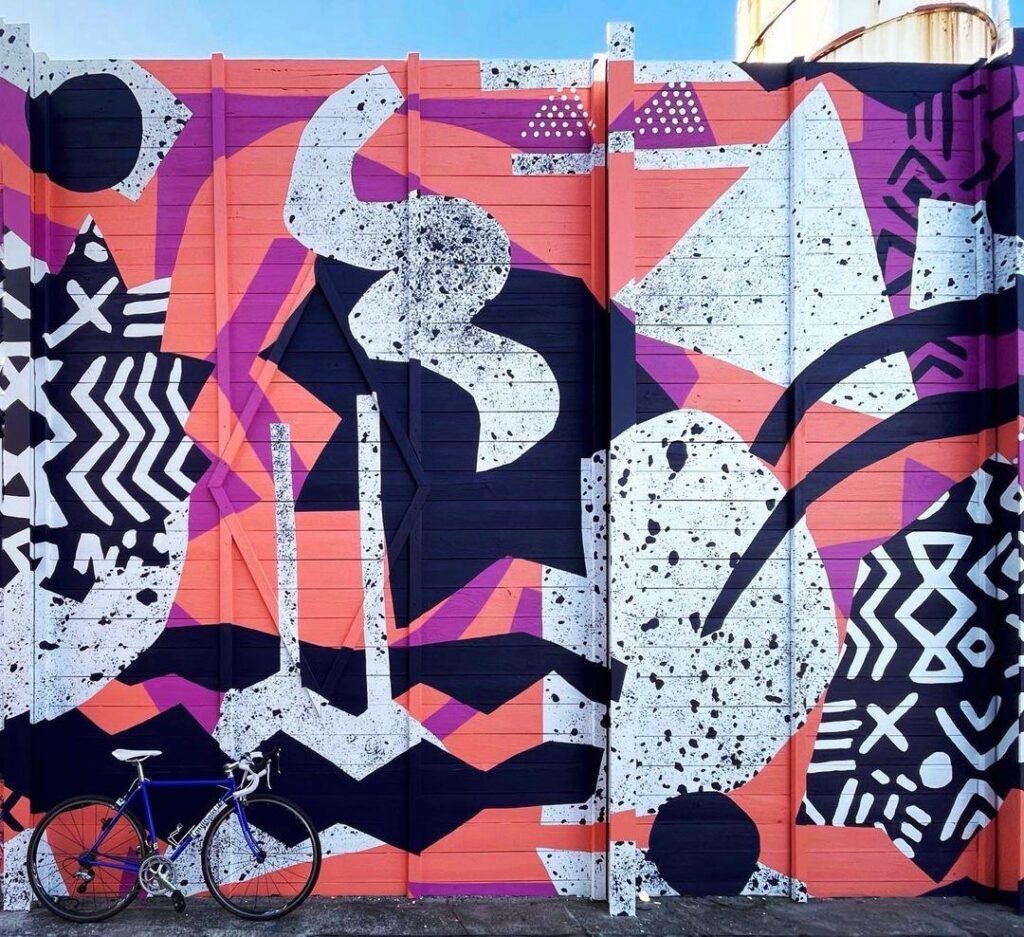
Benefits to local environment
Did you know that colourising streets can actually reduce the urban heat island effect?
This is because the use of lighter colours on pavements and streets results in more light being reflected and reduces the overall absorption of heat, which can help to lower the temperature in urban areas.
Colourising streets can also encourage people to use more sustainable modes of transportation, such as walking, cycling, or using public transport. By creating more attractive and pleasant streetscapes, people will naturally feel more inclined to walk or cycle, reducing traffic congestion and air pollution.
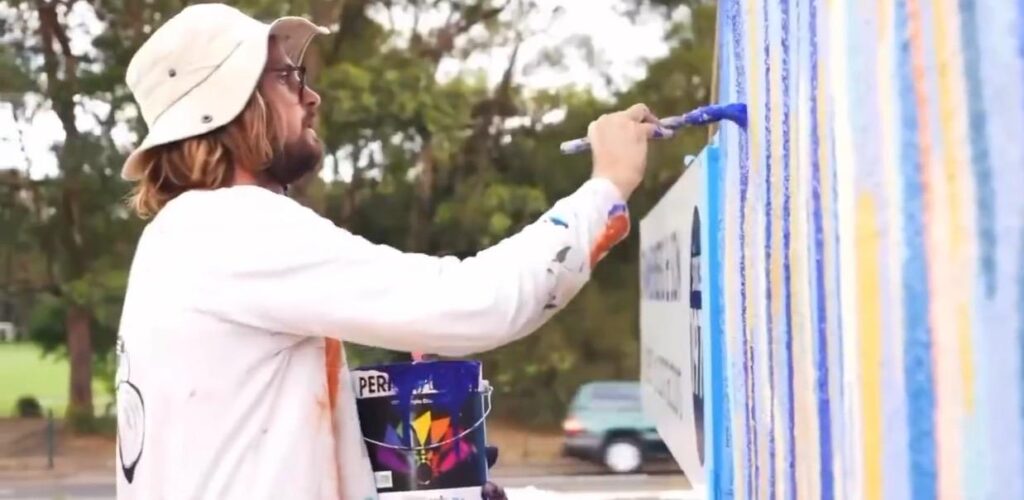
Benefits to local economy
By creating a more attractive and visually appealing streetscape, colourisation can help to draw more attention to local businesses, encouraging more foot traffic and ultimately increasing sales.
Ways to add colour to local streets
Here are some of the many creative ways to infuse a burst of colour into your mundane streets.
Murals
Murals are a fun and effective way to welcome colour into your neighbourhood. A mural can transform any old wall into something truly spectacular – a beach, a desert landscape or even outer space. Scenic paint is particularly helpful for creating realistic depictions of the desired environment.
Murals also have the power to spark conversations and promote a sense of community in your neighbourhood. Local artists can be commissioned to create unique and meaningful murals that represent the spirit and identity of your community. Local students can also get involved with well known artists to bring a mural project to life.

Street painting
Street art is a form of creative expression that has gained immense popularity in recent years. While it is often associated with graffiti, street art actually encompasses a wide range of artistic styles and techniques that can be used to transform dull and lifeless streets into vibrant and dynamic spaces.
One of the main benefits of street art is the way it can add a splash of colour to otherwise dull streets. By incorporating bright colours, intricate designs, and bold imagery, street art has the power to liven up entire neighbourhoods and make them more visually appealing to locals and visitors alike.
Public art installations
Through commissioning public art installations, neighbourhoods can cement their place as a creative space and promote a culture of artistic expression in the process.
Public art installations may take many forms, from sculptures and community art to landscape architectural work and digital media. The opportunities are simply limitless, and local artists can be commissioned to create unique and meaningful installations that represent the spirit and identity of their community. Public art installations also make artworks accessible and public to the local community, who can easily walk around and experience the art up close. This not only promotes a sense of community pride, but simultaneously supports the local art community.
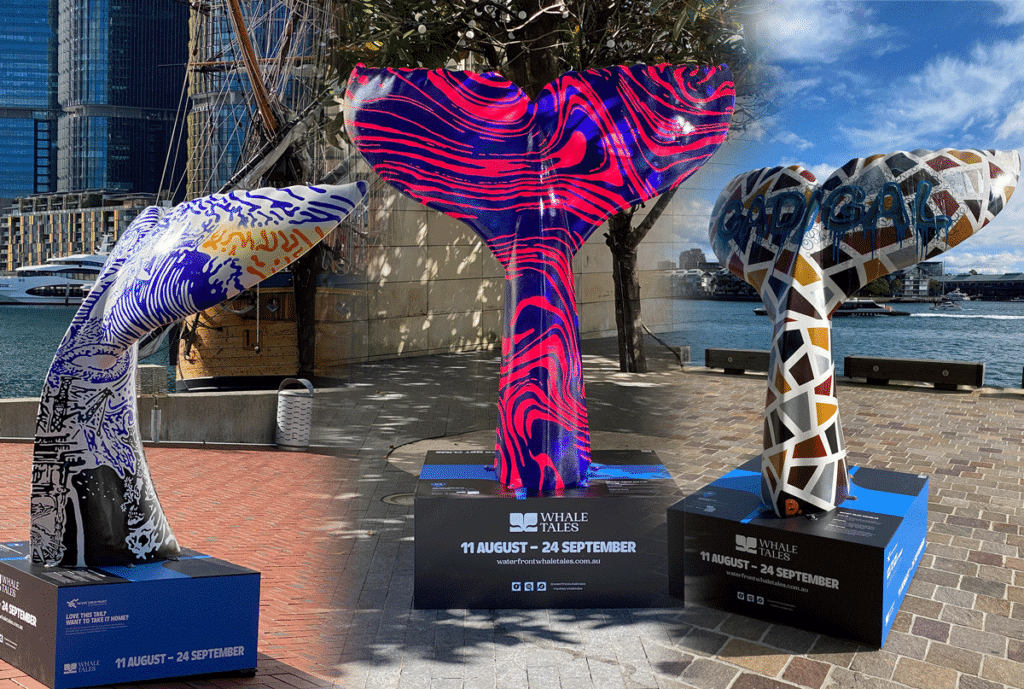
Foliage
Incorporating foliage is a fantastic way to brighten up streets and public spaces, while also bringing numerous benefits to the environment. Lush greenery has the power to add vibrancy and beauty to even the most mundane of streets, creating a more inviting and appealing space for the local community. But beyond aesthetics, foliage is also good for the environment. Trees, shrubs, and plants help to purify the air by absorbing pollutants and producing oxygen, creating a healthier environment in the process.
Plants provide shade and their transpiration also helps reduce intense heat during the worst of the summer months.
Street furniture
Practical and useful, street furniture is a fantastic way to add new colours to local streets. Street furniture such as benches, tables, and chairs provide comfortable seating for pedestrians to rest and enjoy their surroundings, encouraging more foot traffic and making the street a more inviting place to be. Street furniture can also be used to enhance the overall aesthetics of a street, with bright and bold designs that mirror the overall theme of the neighbourhood having a powerful impact on the atmosphere.
How to plan a street beautification project
Unsure where to begin? Here are the steps you need to take in order to design and implement your street beautification project.
Coming up with ideas
The first step in planning a successful street beautification project is to brainstorm ideas for how to enhance the natural beauty of the space. To begin, it’s a good idea to inspect what’s already there and identify areas that could benefit from improvement. This can include everything from adding greenery and street furniture to introducing new forms of street art.
Getting support from the local community
Getting support from the local community is a crucial step in planning a successful street beautification project. After all, the street belongs to the people who live, work, and play in the area, and their input and engagement are essential to creating a project that truly reflects their needs, wants and desires.
One effective way to engage the local community is to solicit their input from the very beginning. This can involve holding public meetings, sending out surveys or questionnaires, or hosting events that encourage people to share their ideas and feedback. By involving the community in the planning process, they will be more likely to feel invested in the project and excited to see it come to fruition.
Securing funding
While there are many different ways to fund a project, it’s a good idea to have a clear understanding of the costs involved and to develop a realistic budget before seeking funding.
One effective way to calculate the costs of a project is to break it down into smaller components. This can include the costs of materials, labour, permits, and any other expenses that may arise. It’s important to be as thorough as possible when estimating costs, as unexpected expenses can quickly add up and put the project over budget.
Once the costs have been estimated, the next step is to seek out funding sources. This can include grants, loans, and sponsorships from local businesses or community organisations. It’s recommended to research funding sources carefully to ensure that they are a good fit for the project and that the application requirements are met.
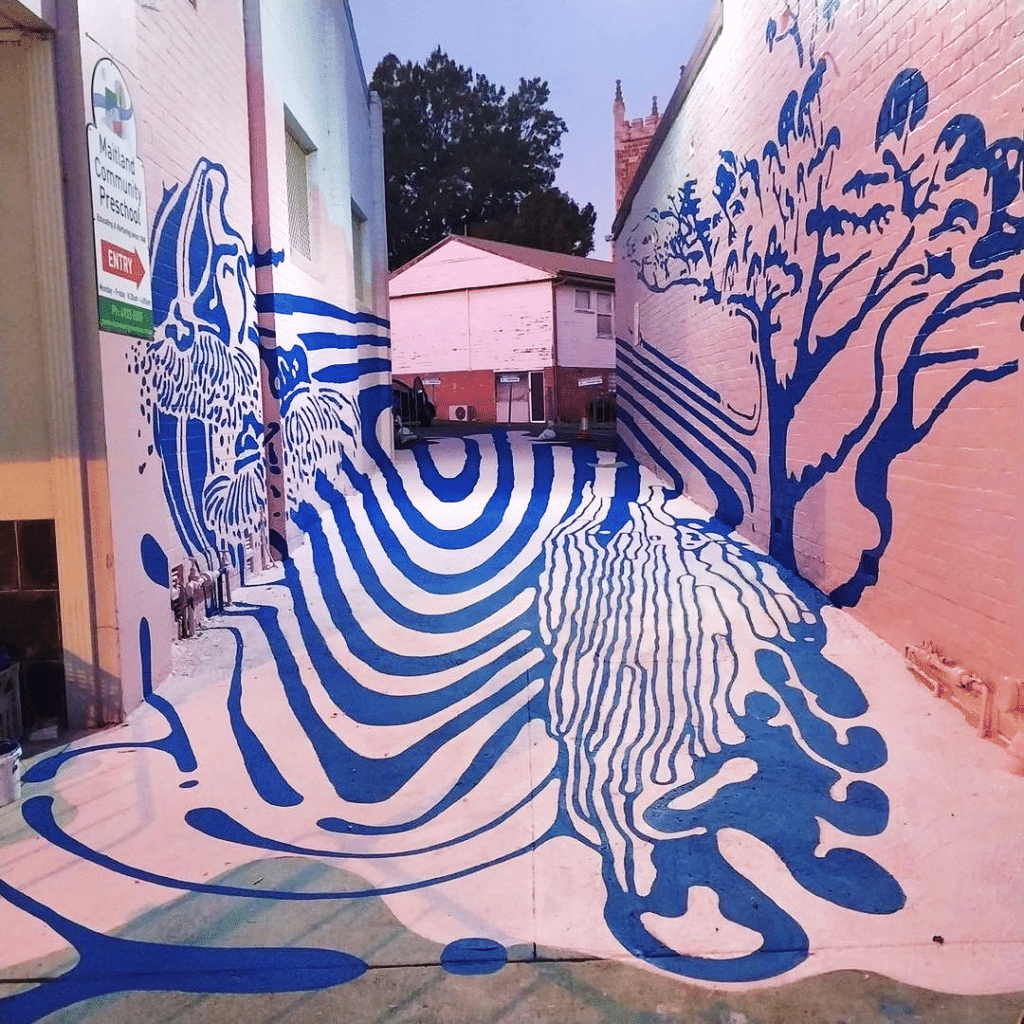
Finalising the design
Once you and your community have chosen the right design, it’s time to work with your designers and other stakeholders to put the finishing touches on your project. This might involve creating detailed plans that include materials, paint colours, and other design elements. Everyone involved should have the chance to review and approve the final plans to make sure that they meet your goals and objectives.
Getting materials and people
When it comes to getting materials for your street beautification project, you’ll need to consider more than just aesthetics. The materials you choose should reflect the ethos of your project and be environmentally friendly.
On a similar note, choosing materials that are durable, weather-resistant and non-slip (if painting a floor) can save you time and money in the long run. That’s why it’s a good idea to invest in high-quality weatherproof paint and eco-friendly varnish which can add protection and longevity, to ensure that your project looks beautiful for years to come. In addition, if you require a P5-non slip finish on the floor for an outdoor mural, Colormaker also makes a range of Sportscote PFR colourful non-slip decorative coatings which can be painted on floors. Remember – your street beautification project is a reflection of your community’s values and creativity, so it’s important to choose materials that do your vision justice such as eco-friendly paints which are manufactured using 100% renewable energy.
Bringing your street to life
The final step of your street beautification project is the most exciting: it’s time to bring your vision to life!
This step is where your hard work and planning come together to create something truly special. Whether you’re painting a mural on a concrete wall or adding colourful planters along the footpath, it’s time to turn your abstract design into a vibrant focal point of your neighbourhood.
Learn more about PERMACRYLIK scenic paints here
Subscribe to get the latest inspiration, news & advice direct to your inbox
More articles
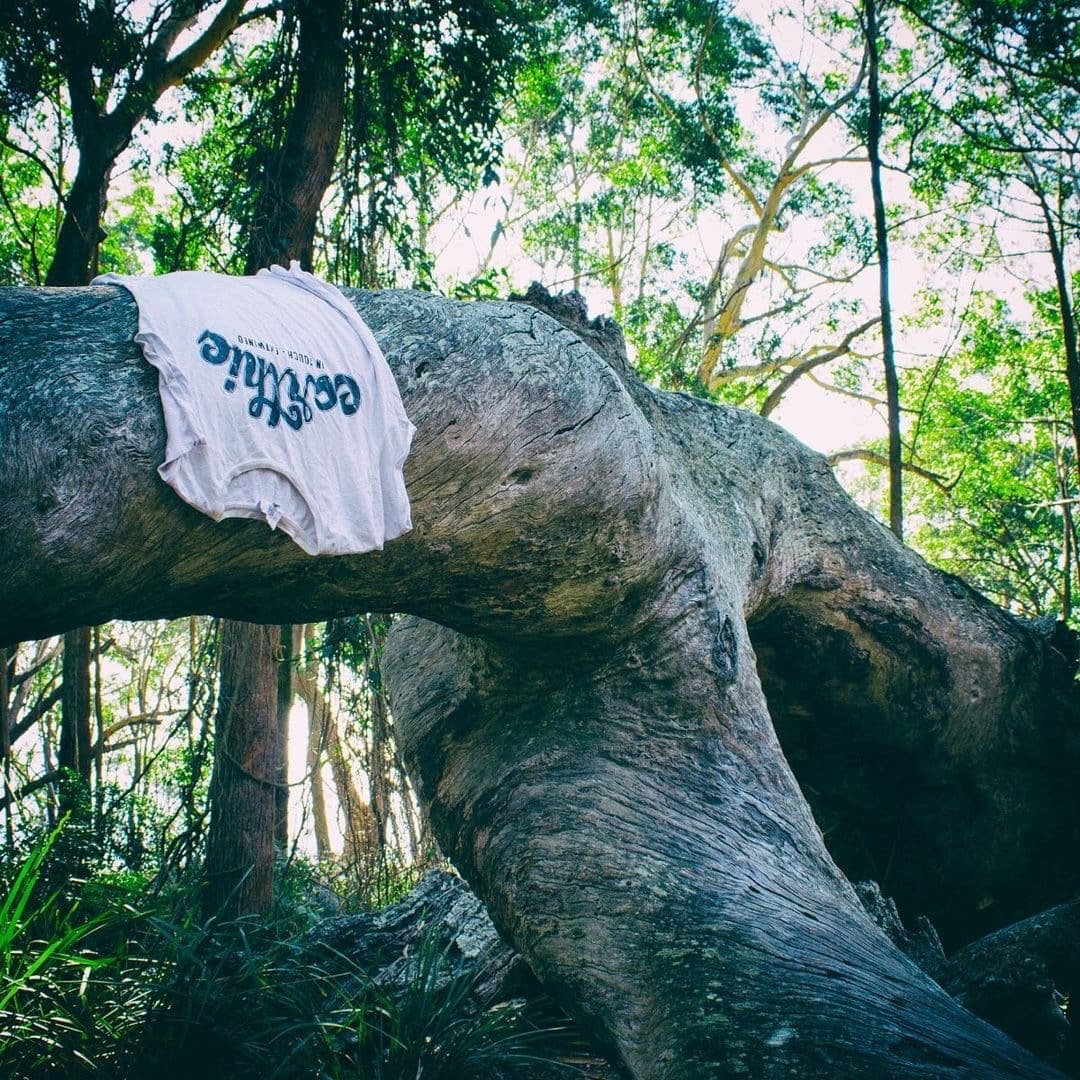 @imearthie
@imearthie
Clothing label I’m Earthie shares how they strive to be a truly sustainable brand
Clothing label I’m Earthie shares how they strive to be a truly sustainable brand

